Are Pickled Foods Good for You? A Zesty Deep Dive into Fermented Flavors and Health Perks
Table of Contents
- Introduction: The Tangy Truth About Pickled Foods
- What Exactly Are Pickled Foods?
- Are Pickled Foods Good for You?
- The Surprising Benefits of Pickled Delights
- Potential Risks to Keep in Mind
- Spice Storage & Usage Hacks to Elevate Your Pickles
- Buying Guide: What to Look for When Choosing Pickled Products
- How to Make Your Own Pickles at Home (and Why You Should Try It!)
- Conclusion: Pickle Smart, Eat Happy
Introduction: The Tangy Truth About Pickled Foods
Pickled foods have been around for centuries, long before refrigerators made it easy to keep things fresh. From Korean kimchi to German sauerkraut, pickling is one of the oldest food preservation methods known to humankind. But with today’s health-conscious consumers asking questions like “are pickled foods good for you?”, it's time we peeled back the layers—both literally and figuratively—on this age-old culinary tradition.
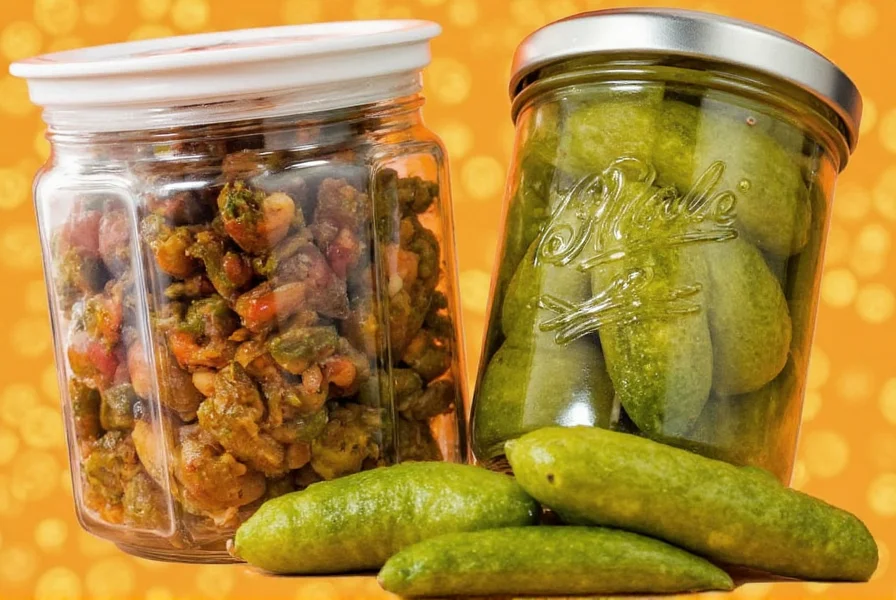
What Exactly Are Pickled Foods?
In a nutshell, pickling involves preserving or extending the shelf life of food by either anaerobic fermentation in brine or immersion in vinegar. While both methods yield tangy results, they differ significantly in terms of flavor profile, nutritional value, and digestive impact.
Here’s a quick breakdown:
| Type | Method | Common Examples | Health Implications |
|---|---|---|---|
| Vinegar Pickling | Foods soaked in vinegar solution | Dill pickles, pickled jalapeños | Less probiotic content |
| Salt Brining (Fermentation) | Naturally fermented in saltwater | Kombucha, kimchi, sauerkraut | Rich in probiotics |
Are Pickled Foods Good for You?
This is the big question that keeps many folks scratching their heads while staring into their refrigerator at a jar of vibrant red pickled beets or a crock of homemade kimchi. In short: Yes, but with caveats. Depending on how the pickled food is made, it can either be a gut-friendly superfood or a sodium-loaded sneaky snack.
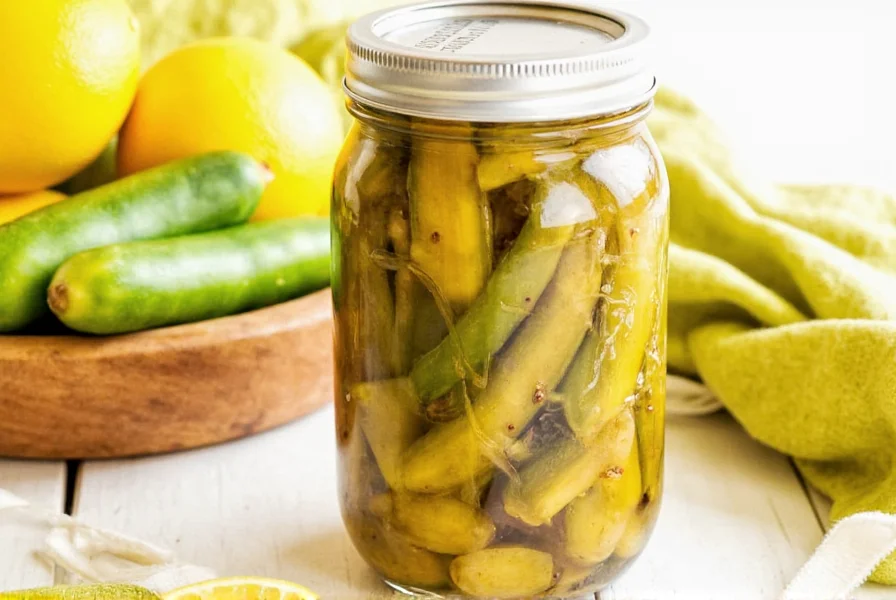
The Gut-Boosting Power of Fermented Pickles
If your pickles are fermented (i.e., made using natural brines and live cultures), then they’re packed with probiotics—the beneficial bacteria that support digestion, immunity, and even mood regulation. These probiotics work wonders by balancing the gut microbiome, which is linked to everything from better nutrient absorption to reduced inflammation.
The Surprising Benefits of Pickled Delights
So, what makes pickled foods such a hot topic in health and wellness circles these days? Let’s break down the top benefits:
- Improved Digestion: Natural fermentation adds enzymes and probiotics that help break down food more efficiently.
- Enhanced Nutrient Absorption: Fermented pickles may increase the bioavailability of certain nutrients like B vitamins and antioxidants.
- Immune System Support: Around 70% of your immune system lives in your gut—feeding it with probiotics helps it function better.
- Appetite Regulation: The sour taste of pickled foods can stimulate saliva and digestive enzymes, potentially helping control appetite and cravings.
- Long Shelf Life: Without preservatives, naturally pickled foods can last months when stored correctly—perfect for pantry-friendly eating.
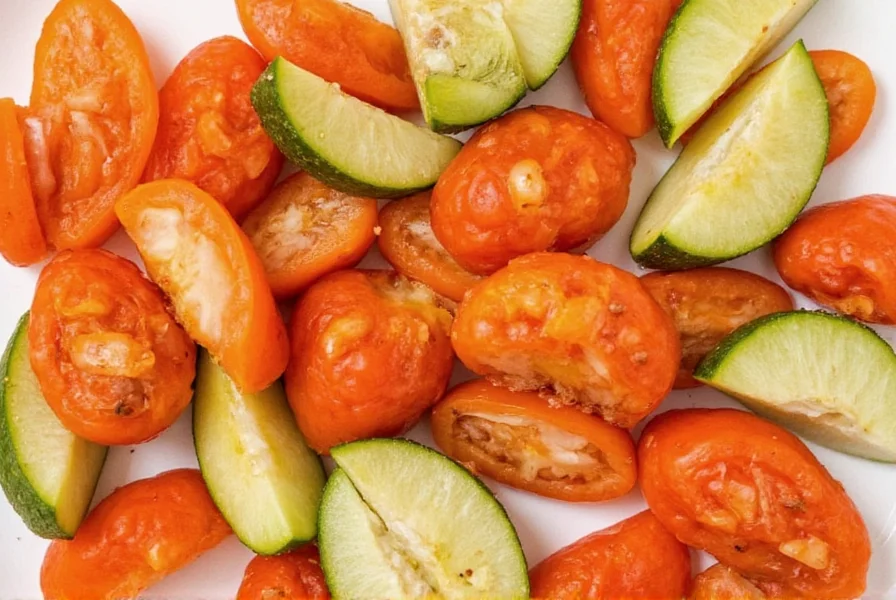
Potential Risks to Keep in Mind
Despite their perks, not all pickled products are created equal. Here are a few potential downsides to be aware of:
- High Sodium Content: Many store-bought pickled items contain excessive amounts of salt, which can contribute to high blood pressure if consumed regularly.
- Additives and Preservatives: Some brands add artificial colors, sweeteners, and preservatives to enhance flavor or appearance. Always check the label!
- Bacterial Contamination Risk (for Homemade): Improperly sealed jars or contaminated tools can lead to spoilage or dangerous bacteria growth—especially in non-vinegared ferments.
- Not Suitable for Everyone: Those with IBS, acid reflux, or hypertension should approach fermented foods cautiously and consult a healthcare provider if needed.
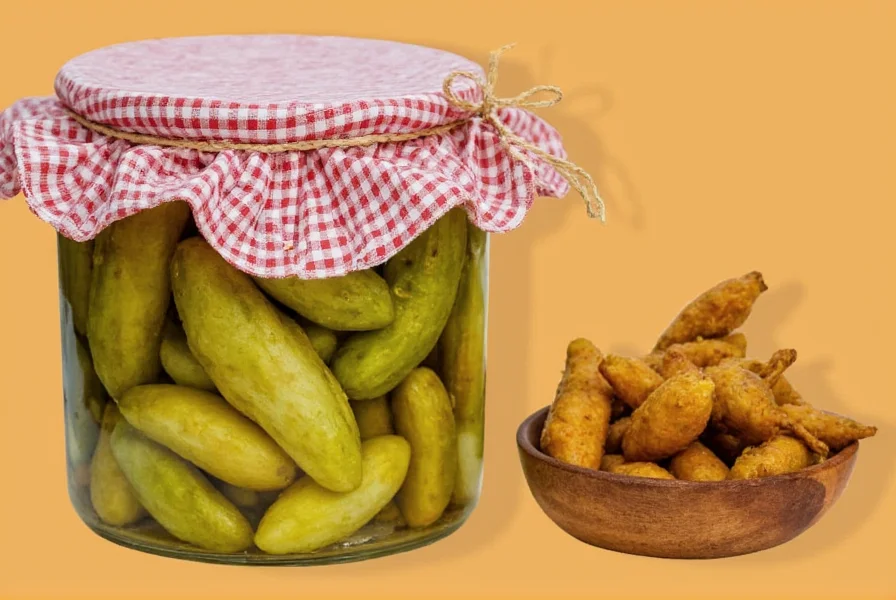
Spice Storage & Usage Hacks to Elevate Your Pickles
Pickles aren’t just about vinegar and vegetables—they’re a canvas for flavor, and spices play a starring role! Whether you're buying ready-made pickled goods or fermenting your own, here are some smart spice hacks to take your pickle game to the next level:
1. Use Whole Spices for Better Flavor Control
pWhole spices like mustard seeds, coriander seeds, and peppercorns release flavors slowly and evenly during fermentation or pickling. They also won’t cloud your brine like ground spices can.
2. Store Spices in Cool, Dark Places
To keep your spices potent and fragrant, store them away from heat and light. Glass jars with tight lids are ideal. For longer shelf life, consider vacuum-sealing bulk purchases.
3. Toast Spices Before Adding to Brine
A quick toast in a dry skillet enhances essential oils and intensifies flavor. Just don’t overdo it—spices can go from fragrant to bitter in seconds!
4. Mix Heat and Sweetness for Balance
Try adding crushed red pepper flakes with whole cloves or cinnamon sticks for a complex flavor profile. This combo works wonders in pickled carrots, onions, or peaches!
5. Label Everything
When you’re experimenting with different spice combinations, it’s easy to forget what went into each batch. Create a simple labeling system for jars so you know exactly what you're tasting later.
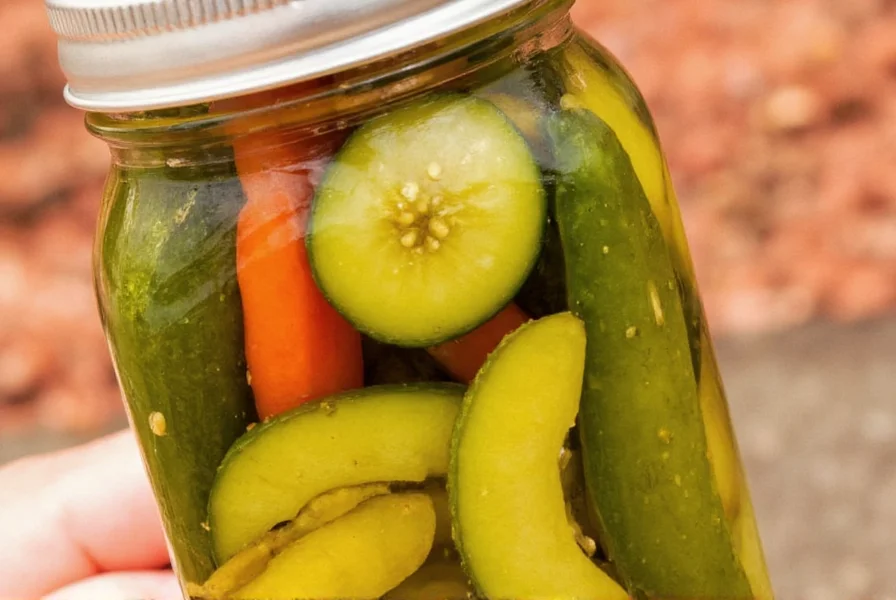
Buying Guide: What to Look for When Choosing Pickled Products
If you're new to the world of pickled delights or simply want to upgrade your pantry staples, here’s a handy guide to help you choose wisely:
Top Picks for Probiotic-Packed Pickles
- Bubbies Organic Kosher Dill Pickles
- Features: Naturally fermented, no vinegar used
- Advantages: Live cultures, low sodium
- Best For: Gut health enthusiasts, keto dieters
- Occasions: Sandwiches, charcuterie boards, or solo snacking
- Mrs. Yang’s Kimchi
- Features: Traditional Korean recipe, handcrafted fermentation
- Advantages: Rich in probiotics, spicy kick
- Best For: Asian cuisine lovers, probiotic boosters
- Occasions: With rice, noodles, or as a condiment
What to Avoid When Shopping
- High-Fructose Corn Syrup: Found in some mass-produced pickles; adds unnecessary sugar.
- Artificial Colors/Flavors: Often added for aesthetic appeal but offer zero nutritional benefit.
- Excessive Sodium: Opt for low-sodium options or rinse before use to reduce salt intake.
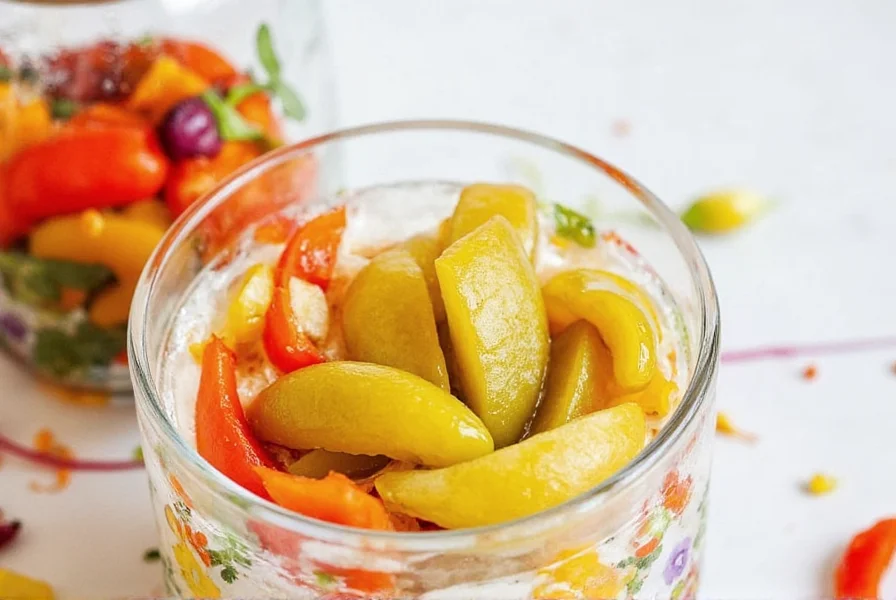
How to Make Your Own Pickles at Home (and Why You Should Try It!)
Ready to become a home pickling pro? It’s easier than you think—and way more fun. Here’s a basic guide to get you started:
Simple Fermented Dill Pickles Recipe
- Ingredients:
- Small cucumbers
- Water
- Sea salt
- Fresh dill
- Grape or oak leaves (optional, for crispness)
- Garlic cloves
- Black peppercorns
- Instructions:
- Clean your glass jar thoroughly.
- Add garlic, peppercorns, dill, and optional leaves.
- Tightly pack cucumbers into the jar.
- Pour brine (water + 1 tablespoon sea salt per cup) over the cucumbers.
- Seal jar with an airlock lid or loosely closed lid to allow gas to escape.
- Let sit at room temperature for 3–7 days, depending on desired sourness.
- Once fermented, store in fridge and enjoy!
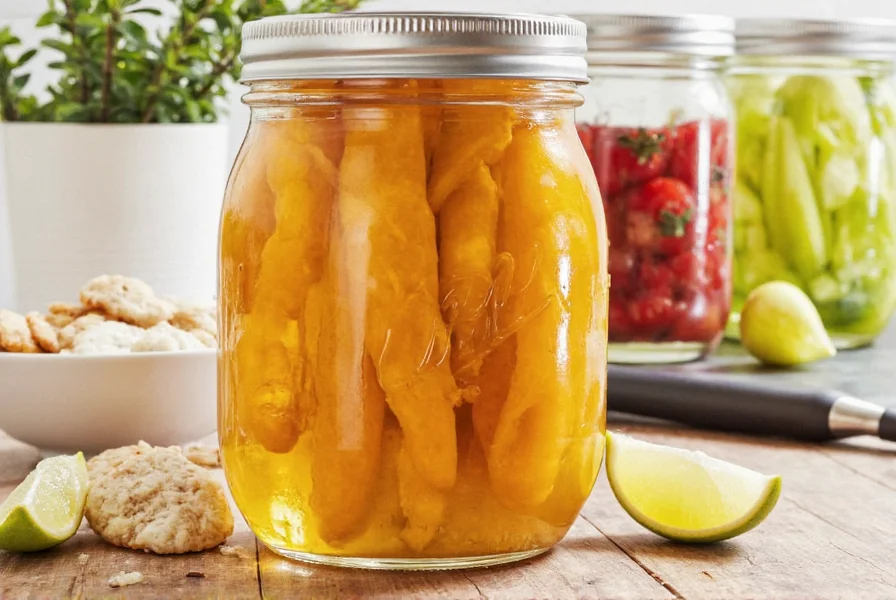
Conclusion: Pickle Smart, Eat Happy
So, are pickled foods good for you? The answer isn’t a simple yes or no—it depends on how they’re made, how often you eat them, and your individual health needs. Fermented varieties offer a wealth of probiotic benefits, while vinegar-based pickles provide a flavorful crunch without the same digestive perks.
Whether you buy them or make them yourself, pickled foods are a delicious way to explore global cuisines and improve gut health—with the right spice blends and storage practices, of course. Don’t be afraid to experiment, savor, and let those tangy bites bring joy to your plate.
Now go ahead, open that jar, and let the zesty adventure begin!
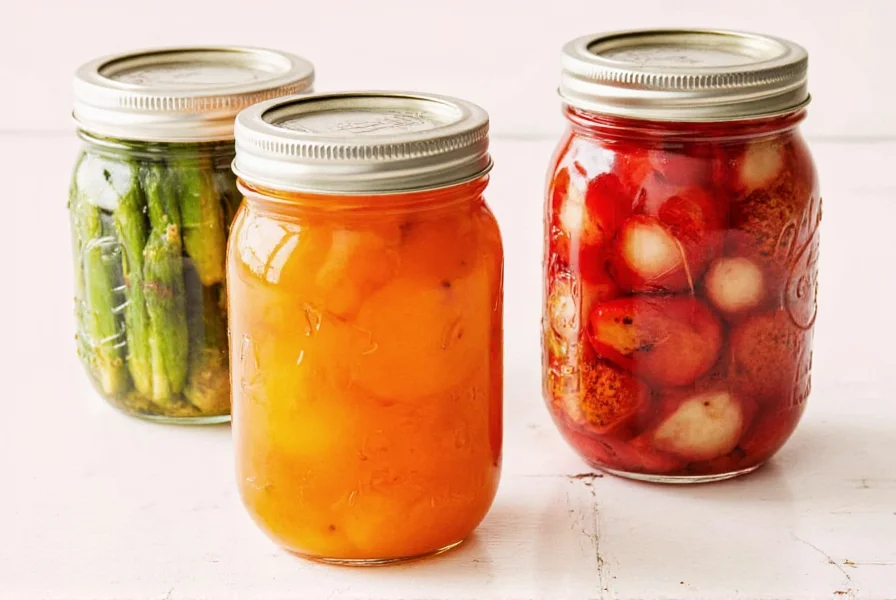











 浙公网安备
33010002000092号
浙公网安备
33010002000092号 浙B2-20120091-4
浙B2-20120091-4